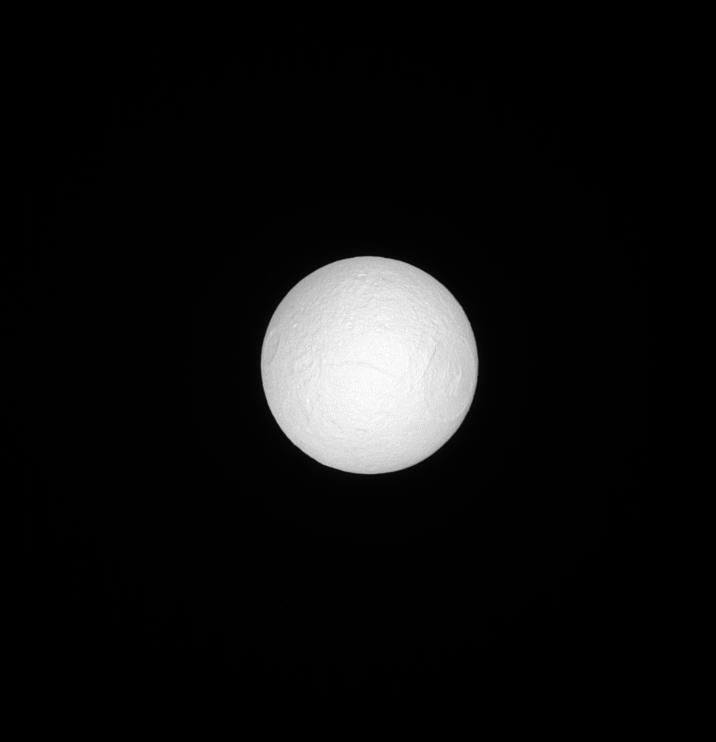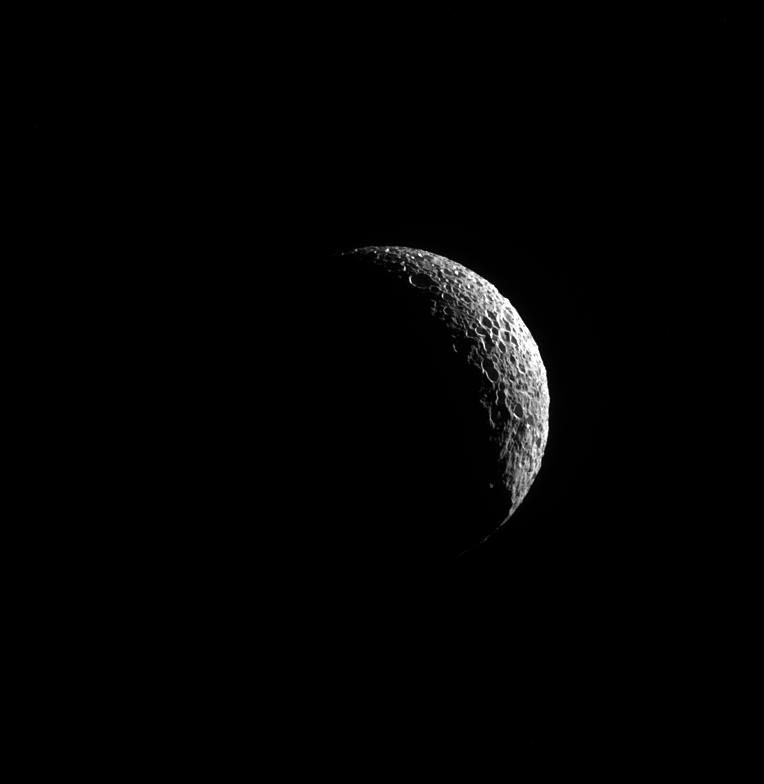Wikipedia dixit:
“The Cassini–Huygens (commonly called Cassini) mission was a collaboration between NASA, the European Space Agency (ESA), and the Italian Space Agency (ASI) to send a probe to study the planet Saturn and its system, including its rings and natural satellites. The Flagship-class unmanned robotic spacecraft comprised both NASA’s Cassini probe, and ESA’s Huygens lander which would be landed on Saturn’s largest moon, Titan. Cassini was the fourth space probe to visit Saturn and the first to enter its orbit. The craft were named after astronomers Giovanni Cassini and Christiaan Huygens.
Launched aboard a Titan IVB/Centaur on October 15, 1997, Cassini was active in space for more than 19 years, with 13 years spent orbiting Saturn, studying the planet and its system after entering orbit on July 1, 2004. The voyage to Saturn included flybys of Venus (April 1998 and July 1999), Earth (August 1999), the asteroid 2685 Masursky, and Jupiter (December 2000). Its mission ended on September 15, 2017, when Cassini was commanded to fly into Saturn’s upper atmosphere and burn up in order to prevent any risk of contaminating Saturn’s moons, which may offer habitable environments to stowaway terrestrial microbes on the spacecraft. (At that point Cassini lacked sufficient impulse to leave the Saturn system, so it could only be left in orbit, where it might collide with a moon, or be destroyed.) The mission is widely perceived to have been successful beyond expectation. Cassini-Huygens has been described by NASA’s Planetary Science Division Director as a “mission of firsts”, that has revolutionized human understanding of the Saturn system, including its moons and rings, and our understanding of where life might be found in the Solar System.
Cassini’s original mission was planned to last for four years, from June 2004 to May 2008. The mission was extended for another two years until September 2010, branded the Cassini Equinox Mission. The mission was extended a second and final time with the Cassini Solstice Mission, lasting another seven years until September 15, 2017, on which date Cassini was de-orbited to burn up in Saturn’s upper atmosphere.
The Huygens module traveled with Cassini until its separation from the probe on December 25, 2004; it was successfully landed by parachute on Titan on January 14, 2005. It successfully returned data to Earth for around 90 minutes, using the orbiter as a relay. This was the first landing ever accomplished in the outer Solar System and the first landing on a moon other than our own. Cassini continued to study the Saturn system in the following years.
At the end of its mission, the Cassini spacecraft executed the “Grand Finale” of its mission: a number of risky passes through the gaps between Saturn and Saturn’s inner rings. The purpose of this phase was to maximize Cassini’s scientific outcome before the spacecraft was destroyed. The atmospheric entry of Cassini effectively ended the mission.”
Video credit: NASA












 Subscribe to blog posts using RSS
Subscribe to blog posts using RSS










